Exploring the Gender of Modernity: Is It More Male or Female?🧐
In Marshall Berman’s “All That Is Solid Melts into Air,” the central figures—Faust, Marx, and Baudelaire—are all male. However, Gail Finney shifts the focus in her work, placing the imaginative heart of modernity on the psychology and gender of women, with key characters such as Hedda Gabler, Salome, and Lulu.
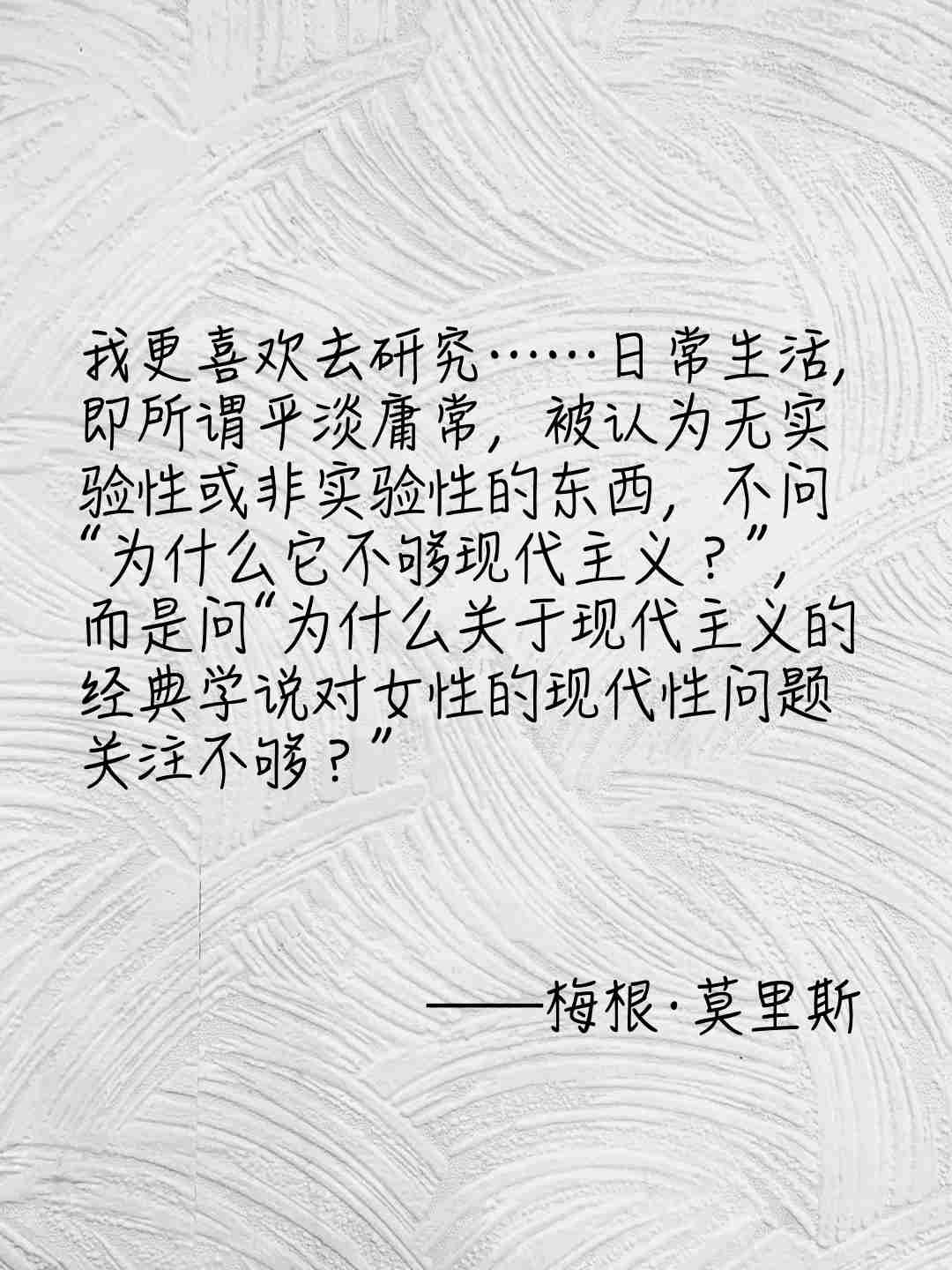
Felski takes a different approach, eschewing the grand theoretical synthesis and instead delving into the intricate relationship between modernity and femininity. She does this by examining a range of conflicting representations, primarily from the interrelated cultures of late 19th-century France, England, and Germany, rather than constructing a unified feminist myth about modernity.
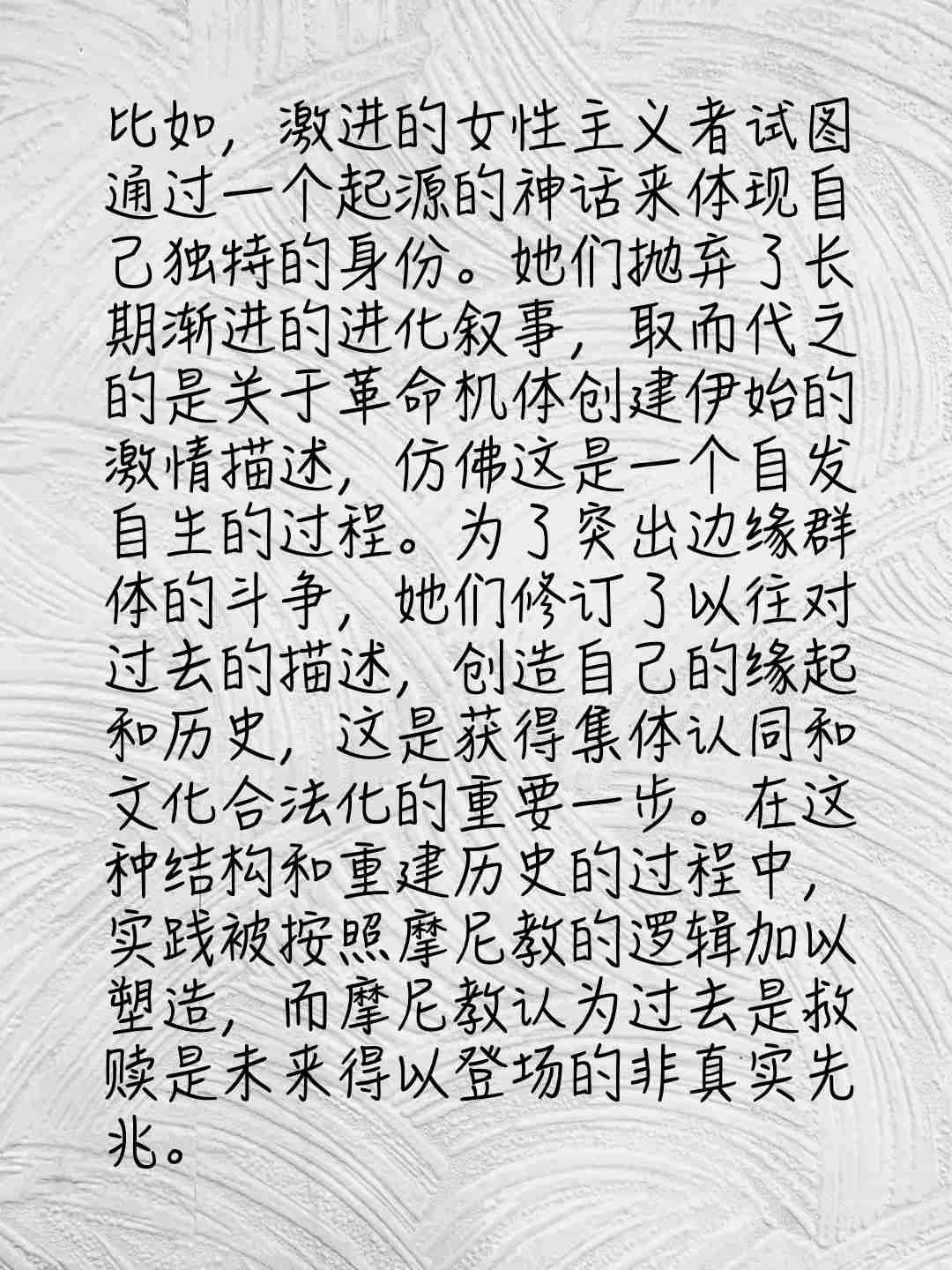
What exactly is the “gender of modernity”? Modernity, as an abstract historical period, seems to defy having a gender. Yet, as a term for historical eras, “modernity” is perhaps the most widely used and elusive concept. Various works give some formal coherence to the historical process through dramatization and personification, imbuing individual or collective human subjects with symbolic significance.
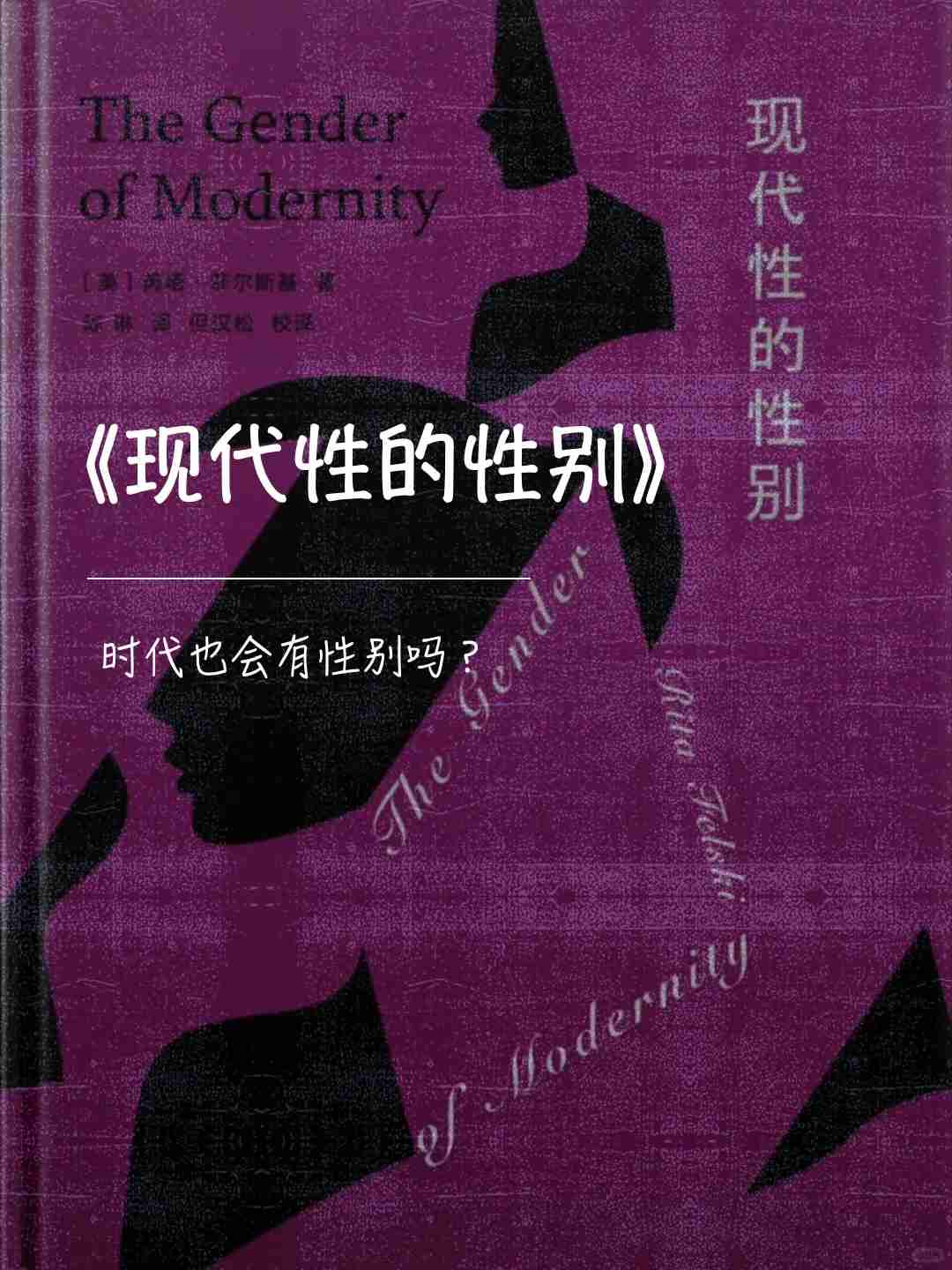
In these narratives, whether we view these subjects as male or female makes a profound difference. It influences our understanding of historical knowledge and facts—what is included and what is excluded.
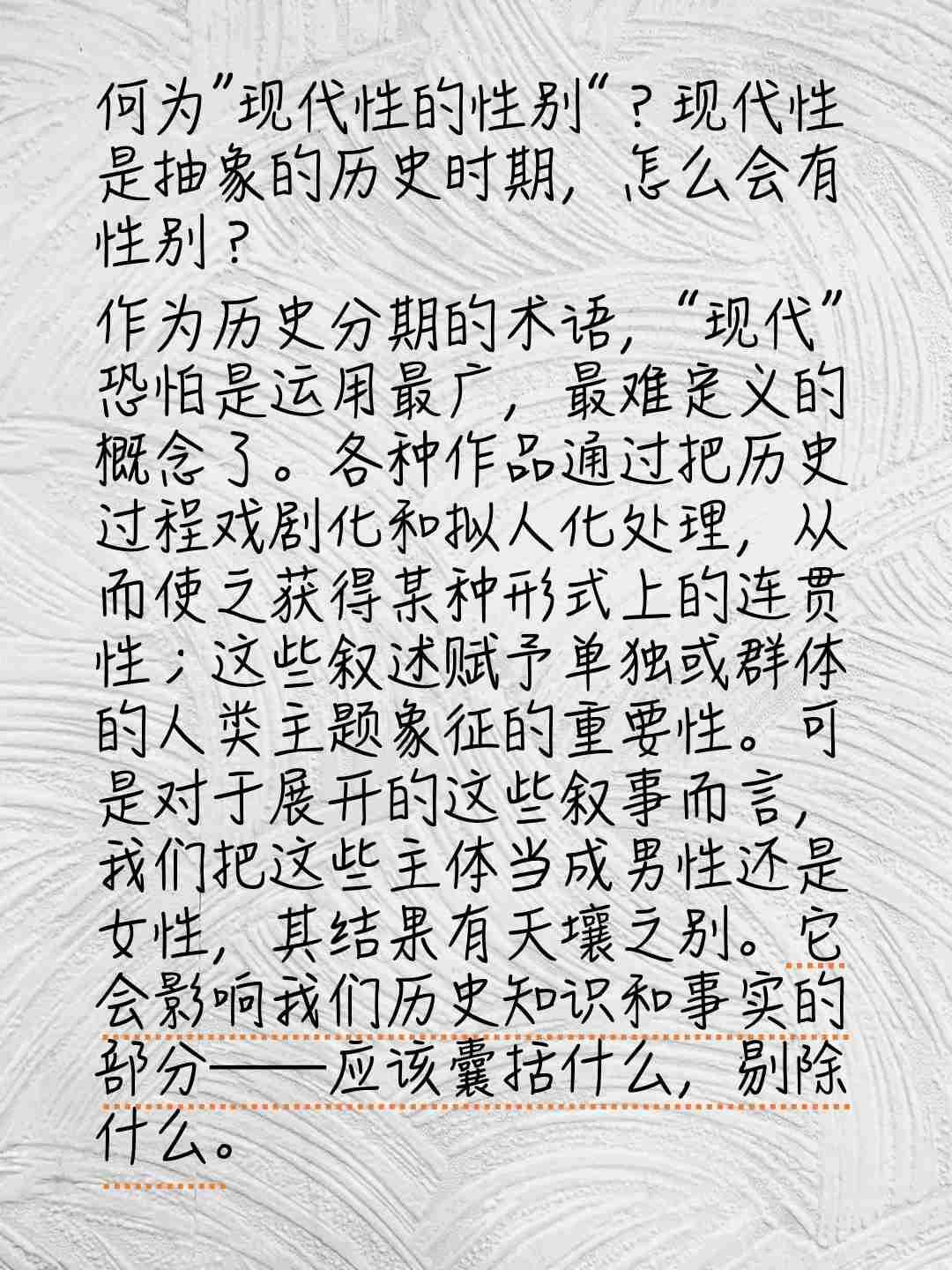
For instance, radical feminists seek to embody their unique identity through an origin myth. They reject the long, gradual evolutionary narrative in favor of a passionate account of the founding of a revolutionary body, as if it were a spontaneous and self-generated process. To highlight the struggles of marginalized groups, they revise previous historical accounts and create their own origins and history, a crucial step in gaining collective identity and cultural legitimacy.
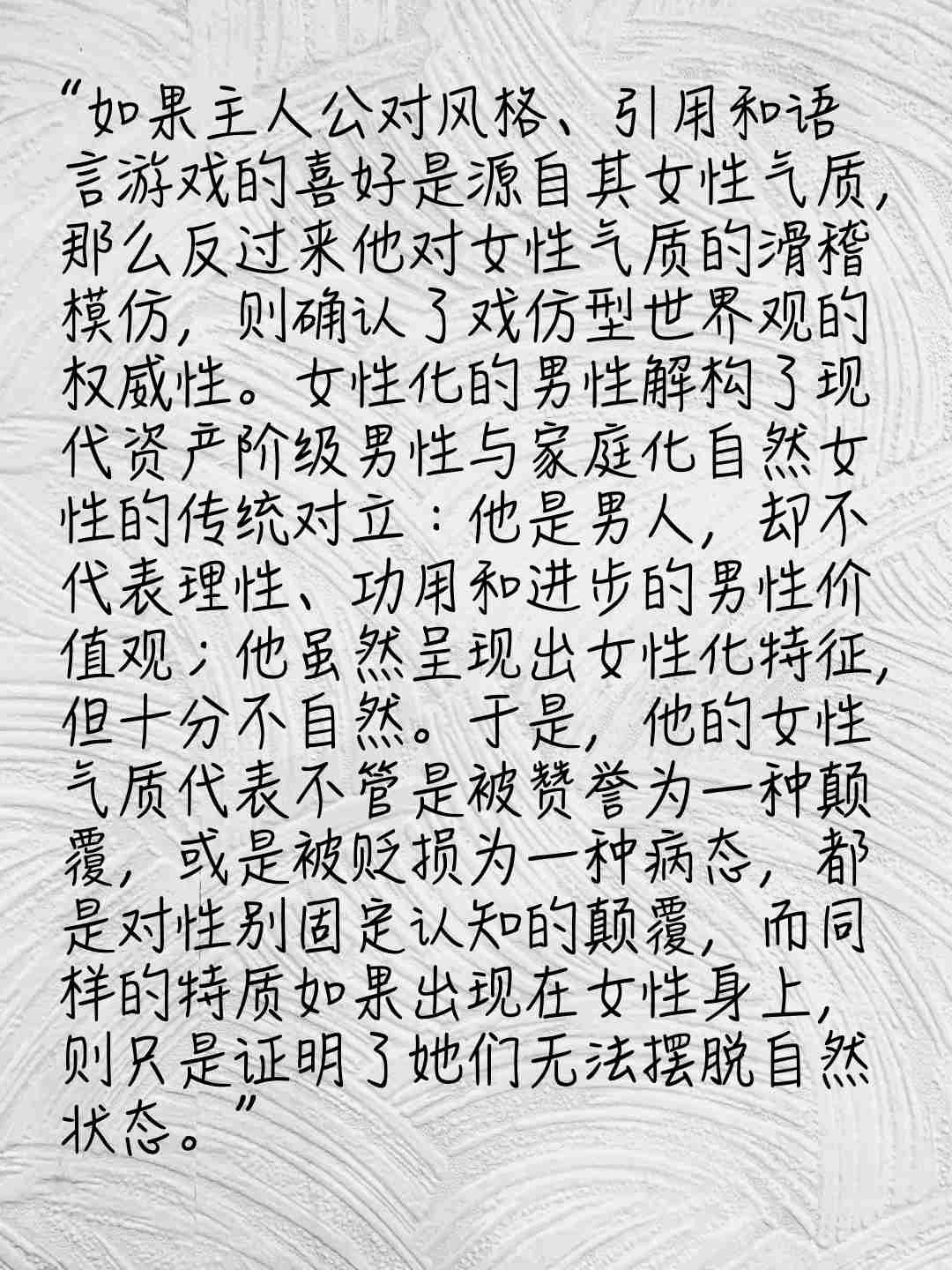
In this process of structuring and reconstructing history, practices are shaped by Manichaean logic, which views the past as a non-realistic precursor to the future’s redemption.
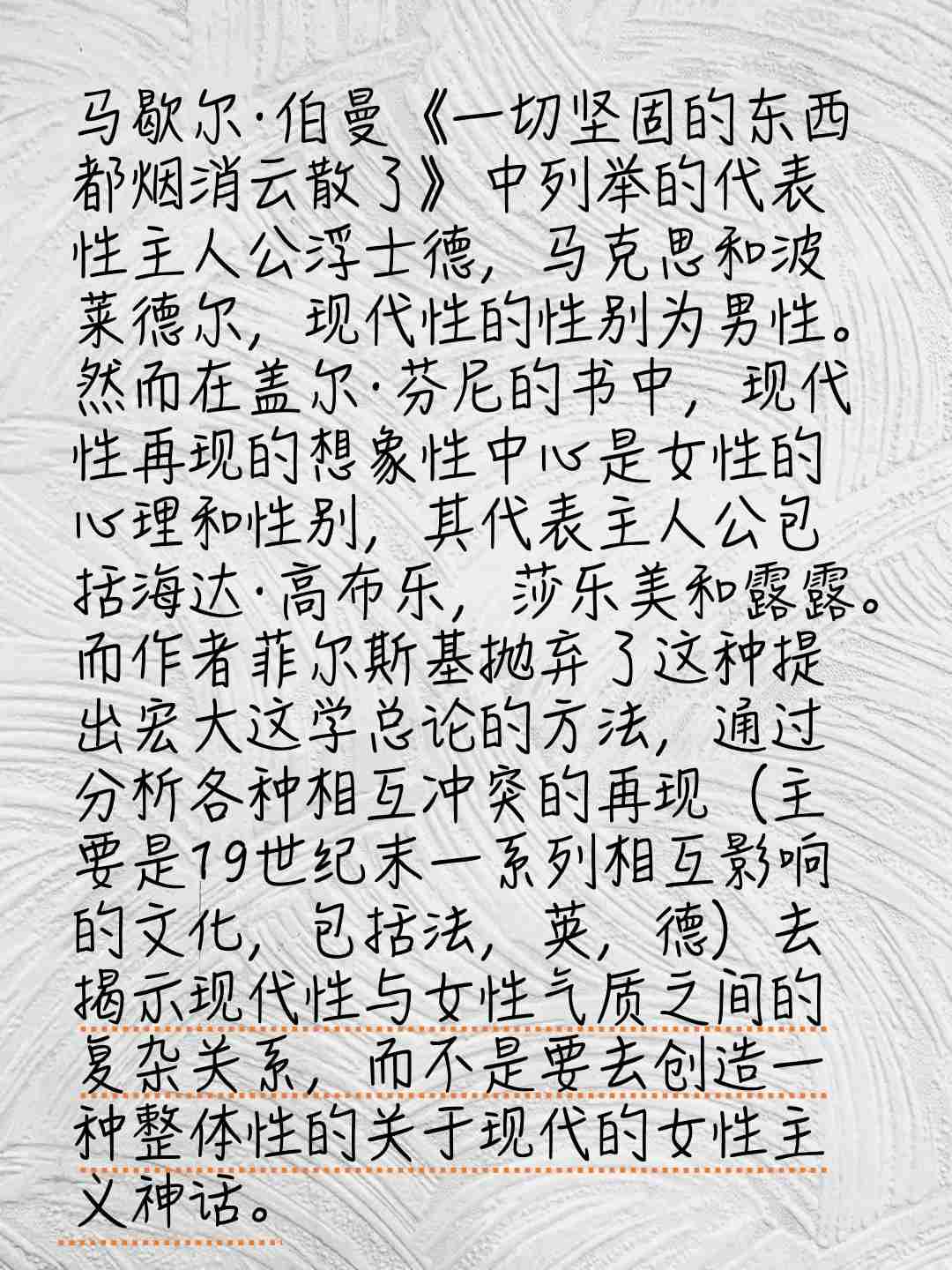
“If the protagonist’s fondness for style, citation, and language games stems from his femininity, then, conversely, his parody of femininity affirms the authority of a parodic worldview. The feminized male deconstructs the traditional opposition between the modern bourgeois male and the domesticated natural female: he is a man but does not embody the masculine values of reason, utility, and progress.
Although he exhibits feminine traits, they are highly unnatural. Thus, his femininity, whether celebrated as subversive or disparaged as pathological, challenges fixed gender perceptions. In contrast, the same traits in a woman would only confirm her inability to escape the natural state.”

